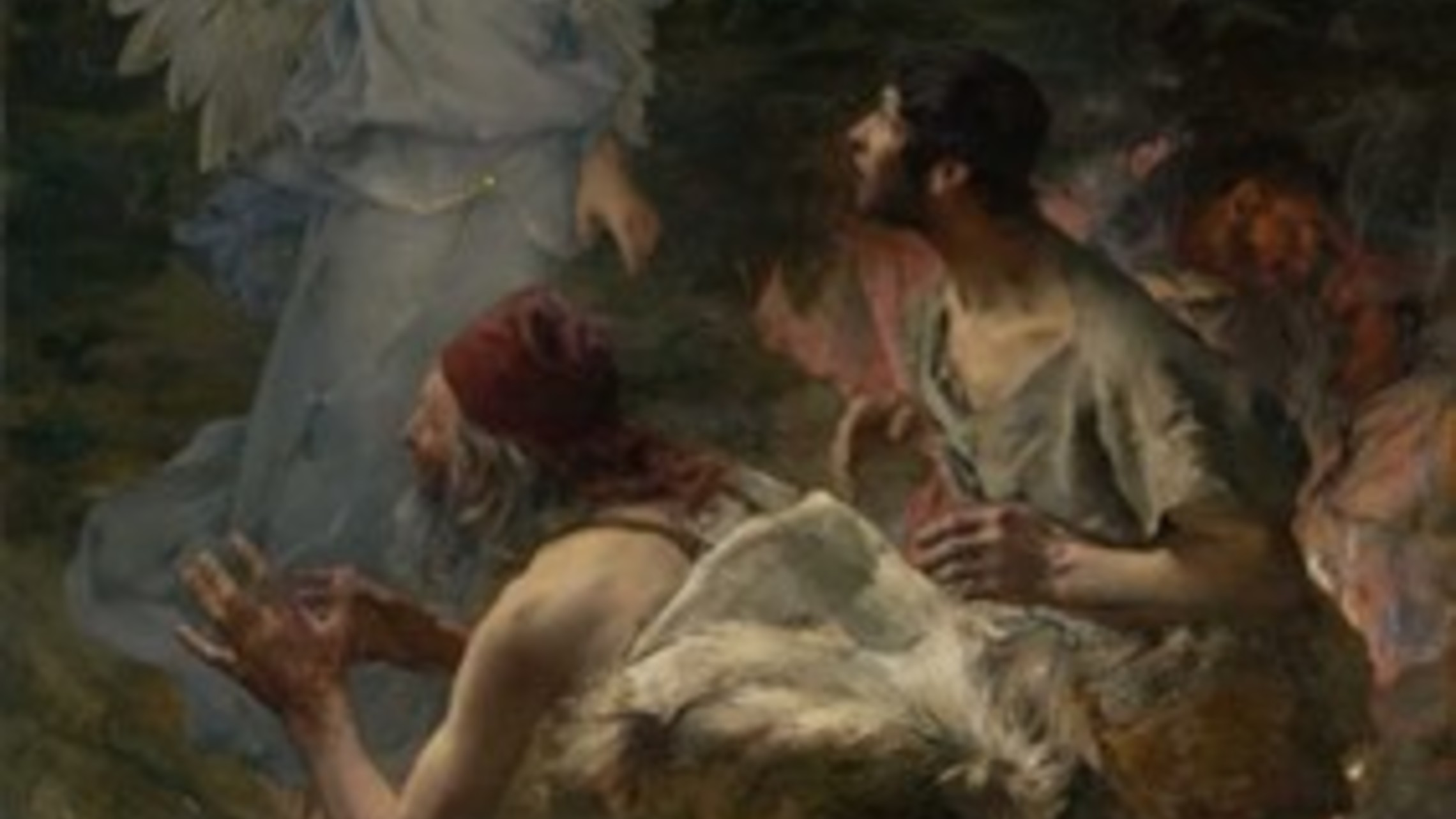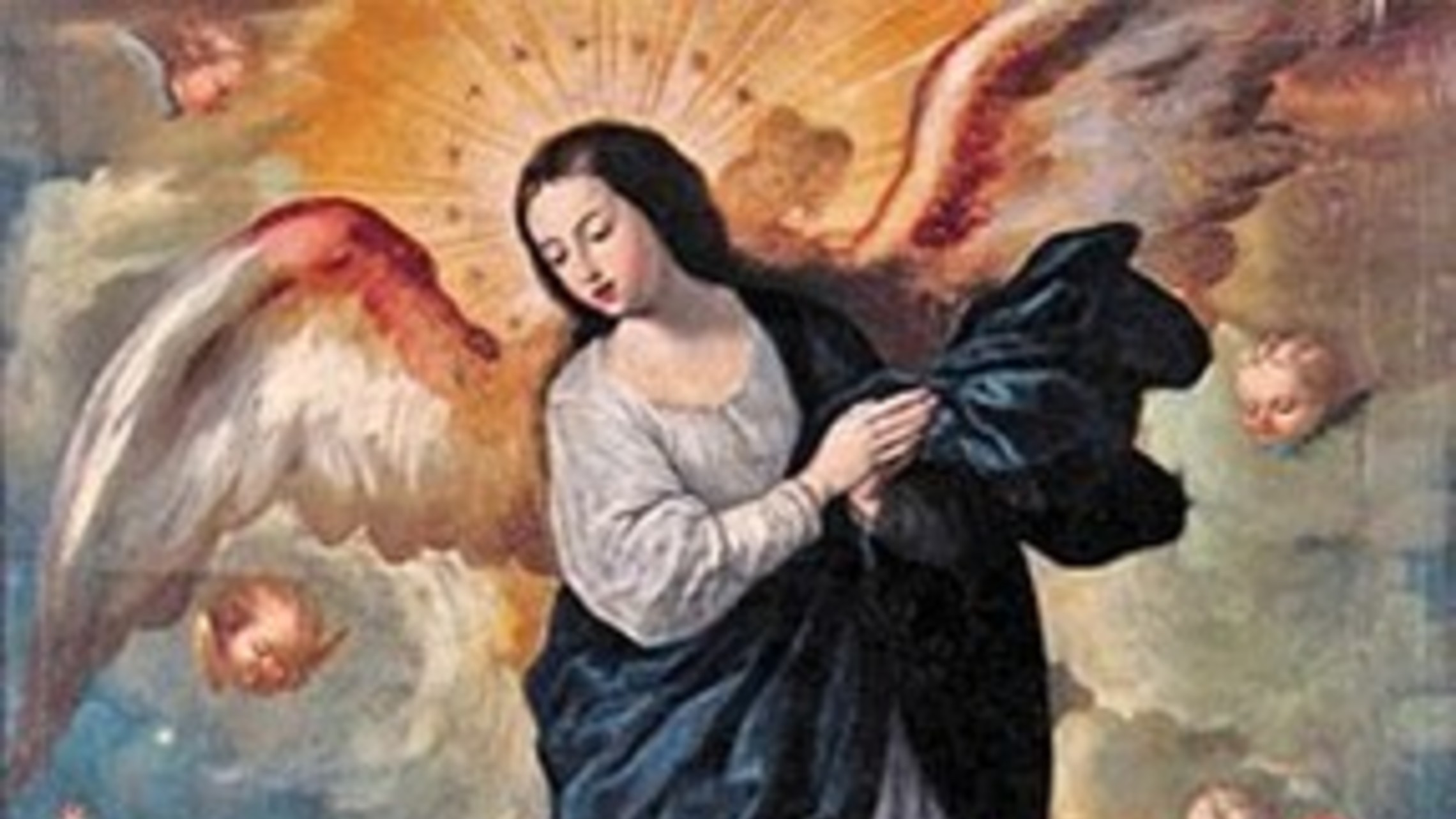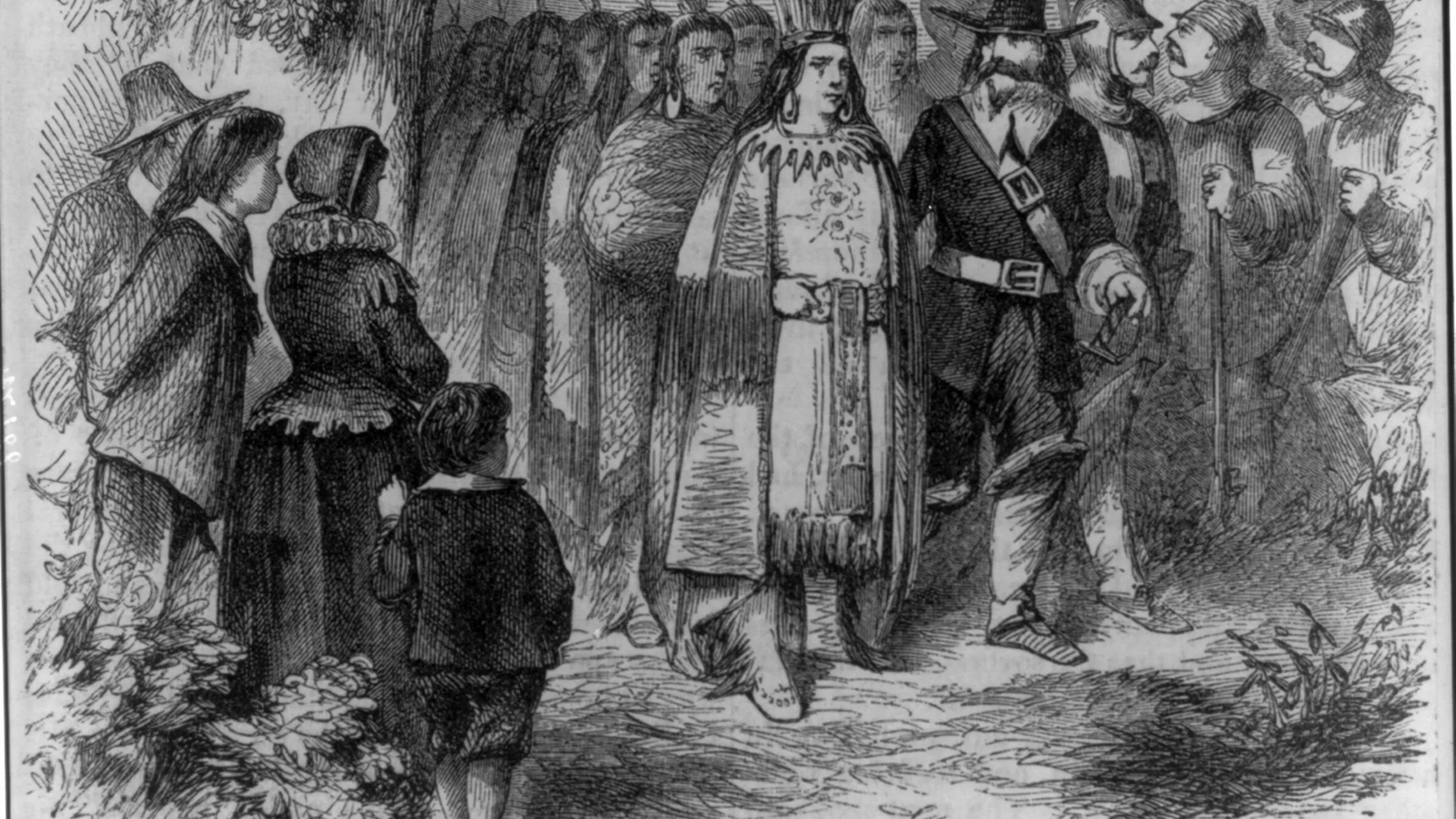The Virgin Birth | El nacimiento virginal

By Fr. Frederick Edlefsen
The Virgin Birth
Musing Over Mystery in October
By Fr. Frederick Edlefsen
When I was a student at LSU, someone wrote on a chalkboard: “Wake up Christians! Virgins don’t have babies!” It was a feeble provocation. Moreover, my mind’s reaction was not religious: “Boy, are there some weirdos around here.” Back to microeconomics. But deep in my baptized gut, I had a more subtle sense: “Why not?” If the Chalkboard Pope wanted to provoke a crisis of faith, he failed. But the question stuck in my head like an annoying Beach Boy’s song. Seminary philosophy resolved the Chalkboard Pope’s fallacy in one fell swoop: You can’t prove a negative. You can only point to a lack of evidence or to contradictory evidence. The Chalkboard Pope was only declaring a lack of known precedents. He might as well have written: “Wake up every one! Unicorns don’t exist.” On the other hand, affirmations like “the earth is round” could be provable; and affirmations like “the earth is flat” could be disprovable. Affirmations are healthier for the mind than negations because they open the mind, and they demand real thought. For instance, consider the possibility that “elves live under the church.” I have no reason to believe this. But it could be true. Maybe they’re too shy and too clever to leave evidence.
For some reason (perhaps faith), the Virgin Birth has been taken seriously for 2000 years. Even non-believers take the trouble to oppose it on chalkboards. That’s a mark in the Virgin’s favor. Moreover, supernatural events – because they are supernatural – are not and cannot be reckoned by ordinary precedents. But the Church’s faith takes seriously an unbroken testimony about “what God did.”
In 431 AD, the Church solemnly declared that Mary is the “Mother of God” (Theotokos in Greek) at the Council of Ephesus. As the title implies, Mary gave virgin birth to both the “human nature” and the “divine person” of Jesus. John Donne was more poetic about it: “Thy Maker's maker, and thy Father's mother / Thou hast light in dark, and shut’st in little room, / Immensity cloistered in thy dear womb.” Faith plays mind games, in a good way. The Virgin Birth is not a man-made idea. It’s a good Word from heaven. So, here’s my parting shot:
“Wake up Christians! A Virgin had a Child!”
El nacimiento virginal
Reflexionando sobre el misterio en octubre
Por el P. Edlefsen
Cuando era estudiante en LSU, alguien escribió en una pizarra: "¡Despierten cristianos! ¡Las vírgenes no tienen bebés!" Fue una provocación débil. Además, la reacción de mi mente no fue religiosa: "Chico, ¿hay algunos bichos raros por aquí?"
Volvamos a la microeconomía. Pero en lo profundo de mi instinto bautizado, tenía un sentido más sutil: "¿Por qué no?" Si el Papa de la pizarra quería provocar una crisis de fe, fracasó. Pero la pregunta se me quedó grabada en la cabeza como una
molesta canción de Beach Boy.
La filosofía del seminario resolvió la falacia del Papa de la pizarra de un solo golpe: no se puede probar algo negativo. Solo puede señalar la falta de evidencia o la evidencia contradictoria. El Papa de la pizarra solo estaba declarando una falta de
precedentes conocidos. Bien podría haber escrito: "¡Despierta a todos! Los unicornios no existen". Por otro lado, afirmaciones como "la tierra es redonda" podrían ser demostrables; y afirmaciones como "la tierra es plana" podrían ser
refutables. Las afirmaciones son más saludables para la mente que las negaciones porque abren la mente y exigen un pensamiento real. Por ejemplo, considere la posibilidad de que "los elfos vivan bajo la iglesia". No tengo ninguna razón para
creer esto. Pero podría ser cierto. Tal vez son demasiado tímidos y demasiado inteligentes para dejar evidencia.
Por alguna razón (tal vez la fe), el nacimiento virginal se ha tomado en serio durante 2000 años. Incluso los no creyentes se toman la molestia de oponerse a ella en pizarras. Esa es una marca a favor de la Virgen. Además, los eventos
sobrenaturales, porque son sobrenaturales, no son y no pueden ser contados por precedentes ordinarios. Pero la fe de la Iglesia toma en serio un testimonio ininterrumpido sobre "lo que Dios hizo".
En el año 431 dC, la Iglesia declaró solemnemente que María es la "Madre de Dios" (Theotokos en griego) en el Concilio de Éfeso. Como el título lo indica, María dio nacimiento virginal tanto a la "naturaleza humana" como a la "persona divina" de
Jesús. John Donne fue más poético al respecto: "El hacedor de tu Hacedor, y la madre de tu Padre / Tienes luz en la oscuridad, y encerrada en una pequeña habitación, / Inmensidad enclaustrada en tu querido vientre". La fe juega juegos
mentales, en el buen sentido. El nacimiento virginal no es una idea hecha por el hombre. Es una buena Palabra del cielo. Entonces, aquí está mi foto de despedida:
"¡Despierten cristianos! ¡Una virgen tuvo un hijo!"



